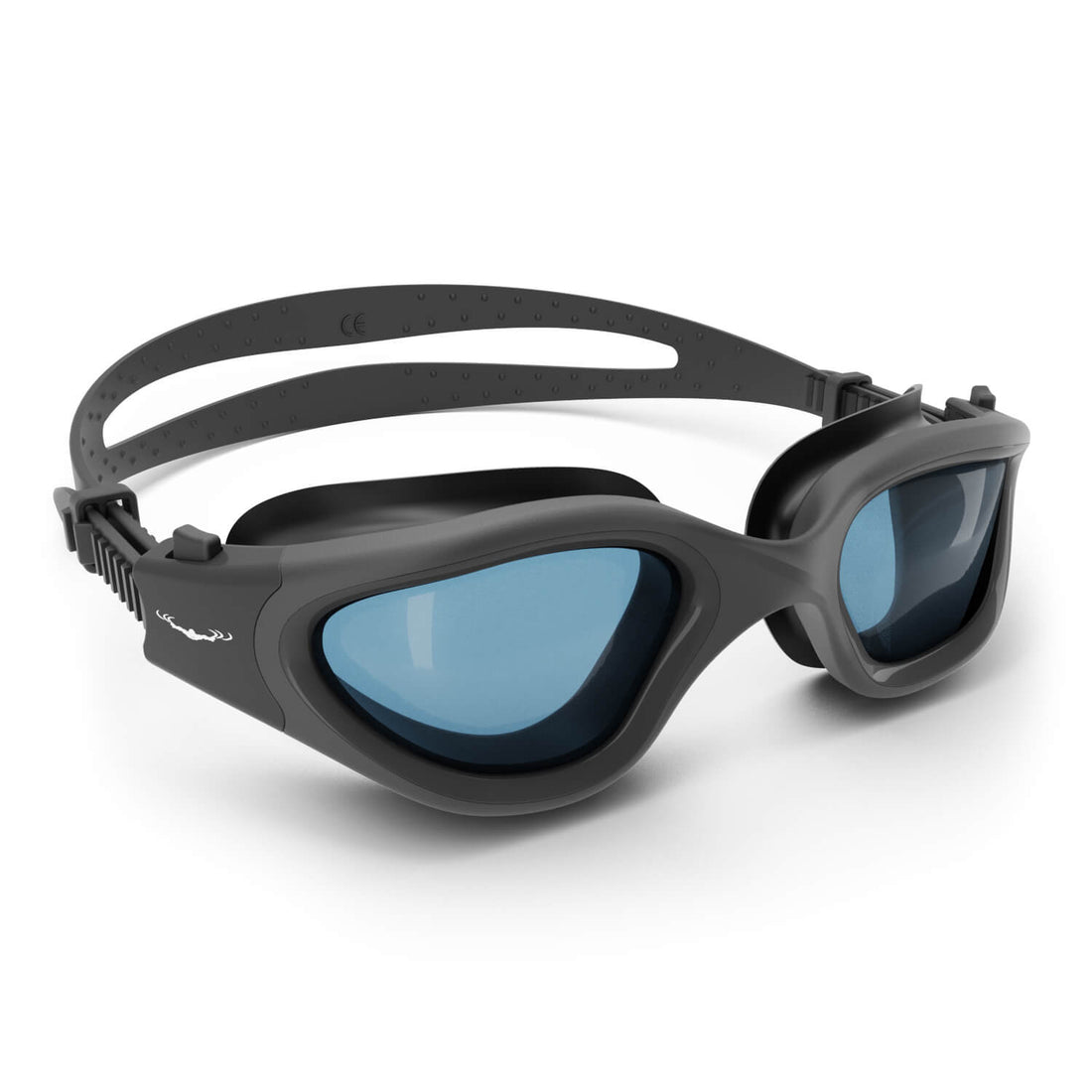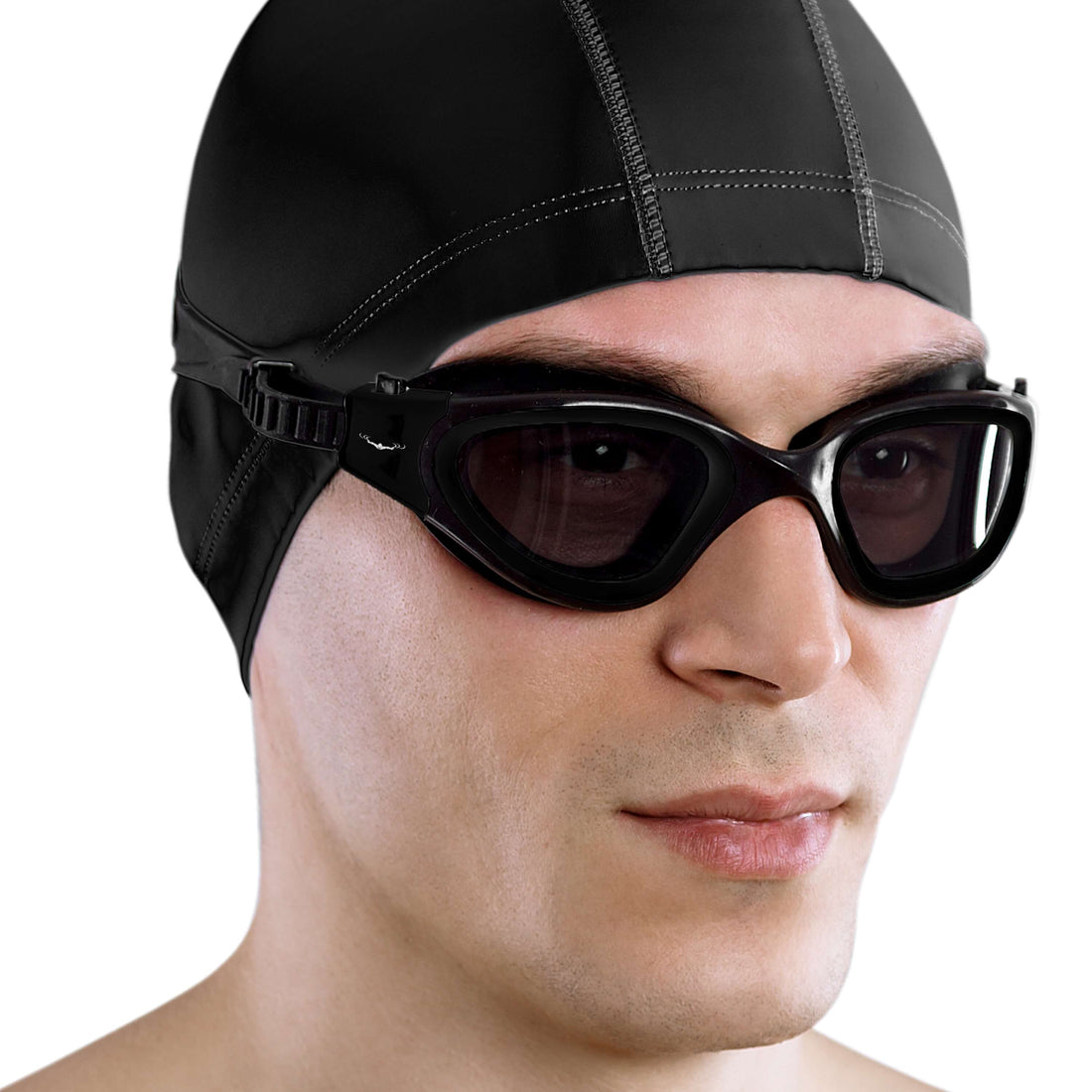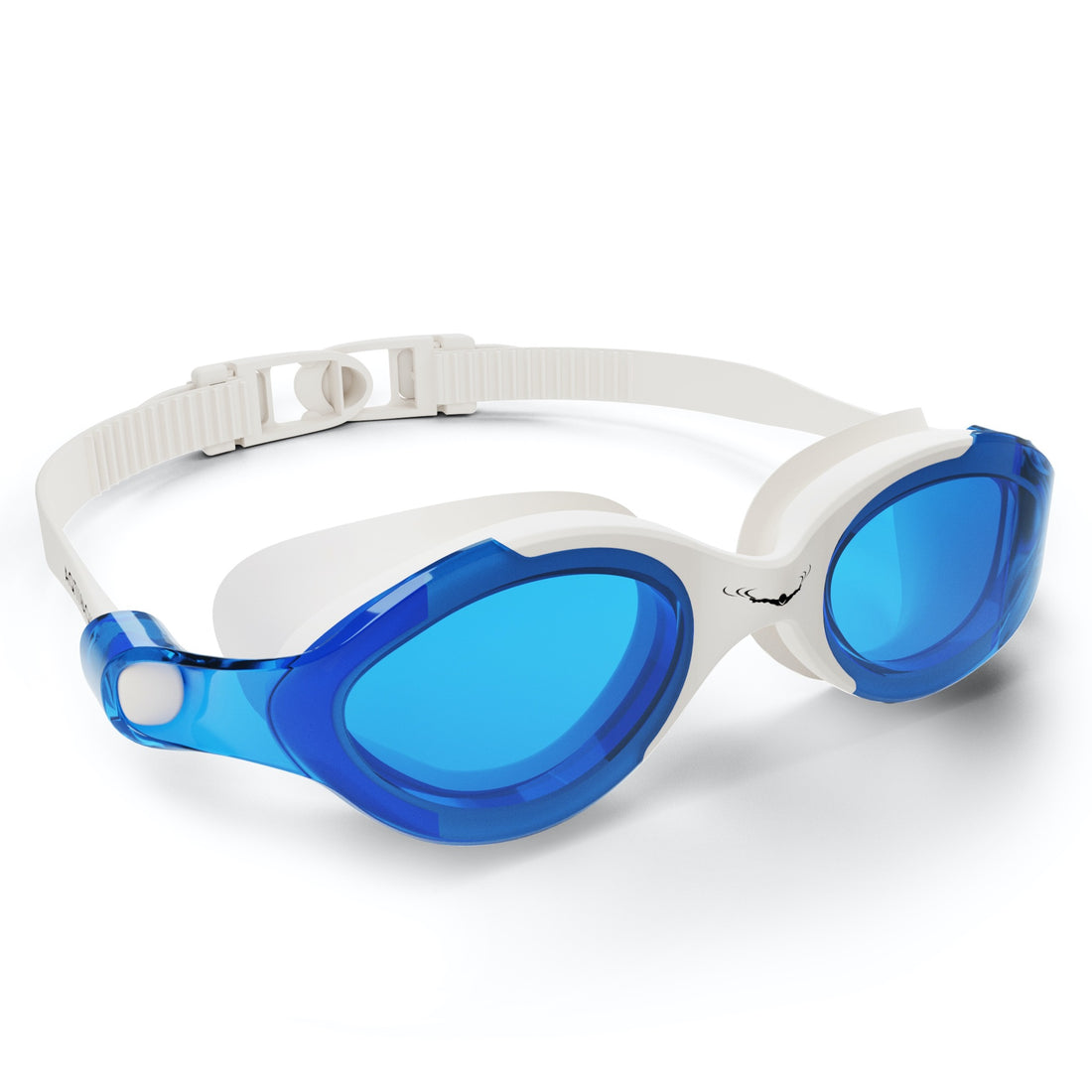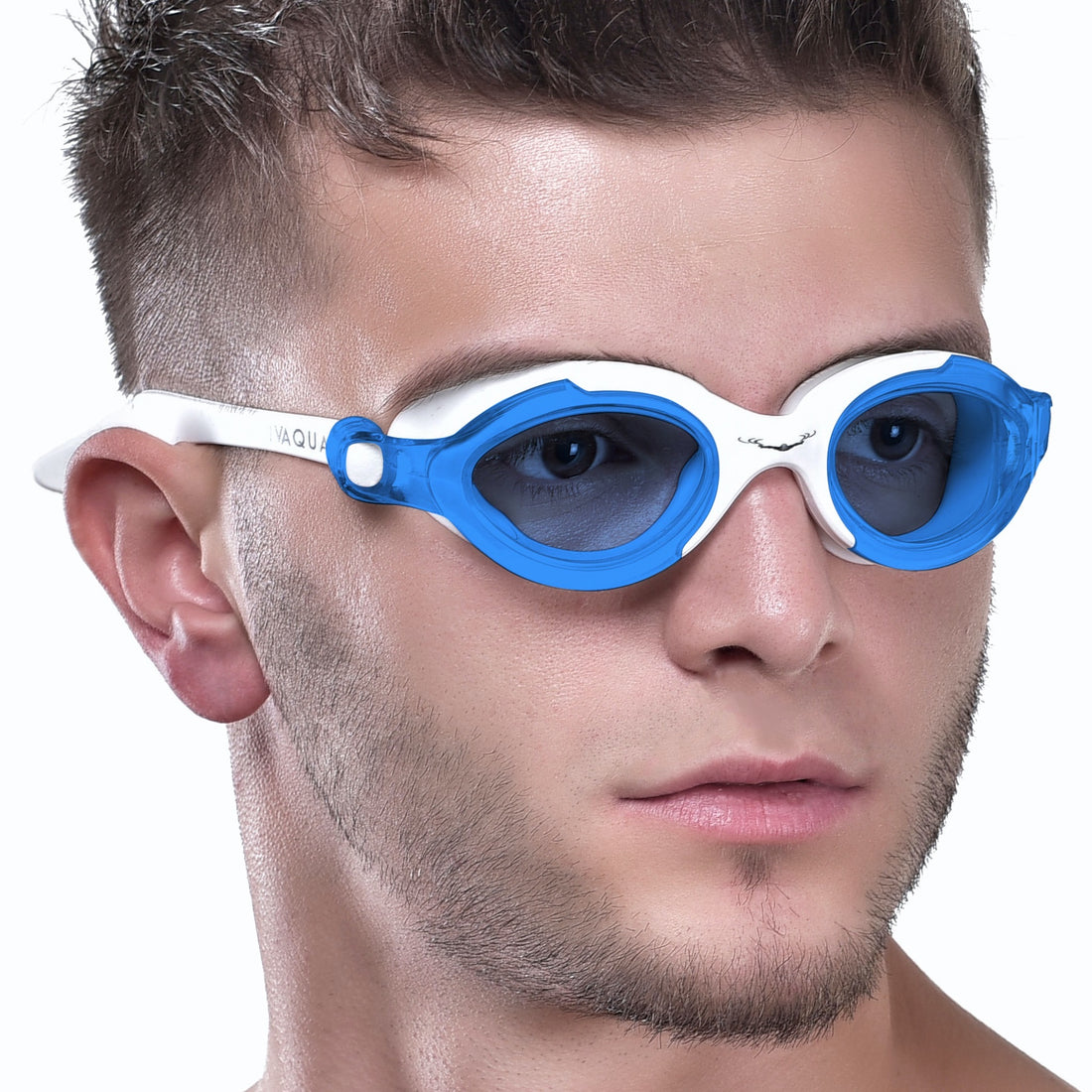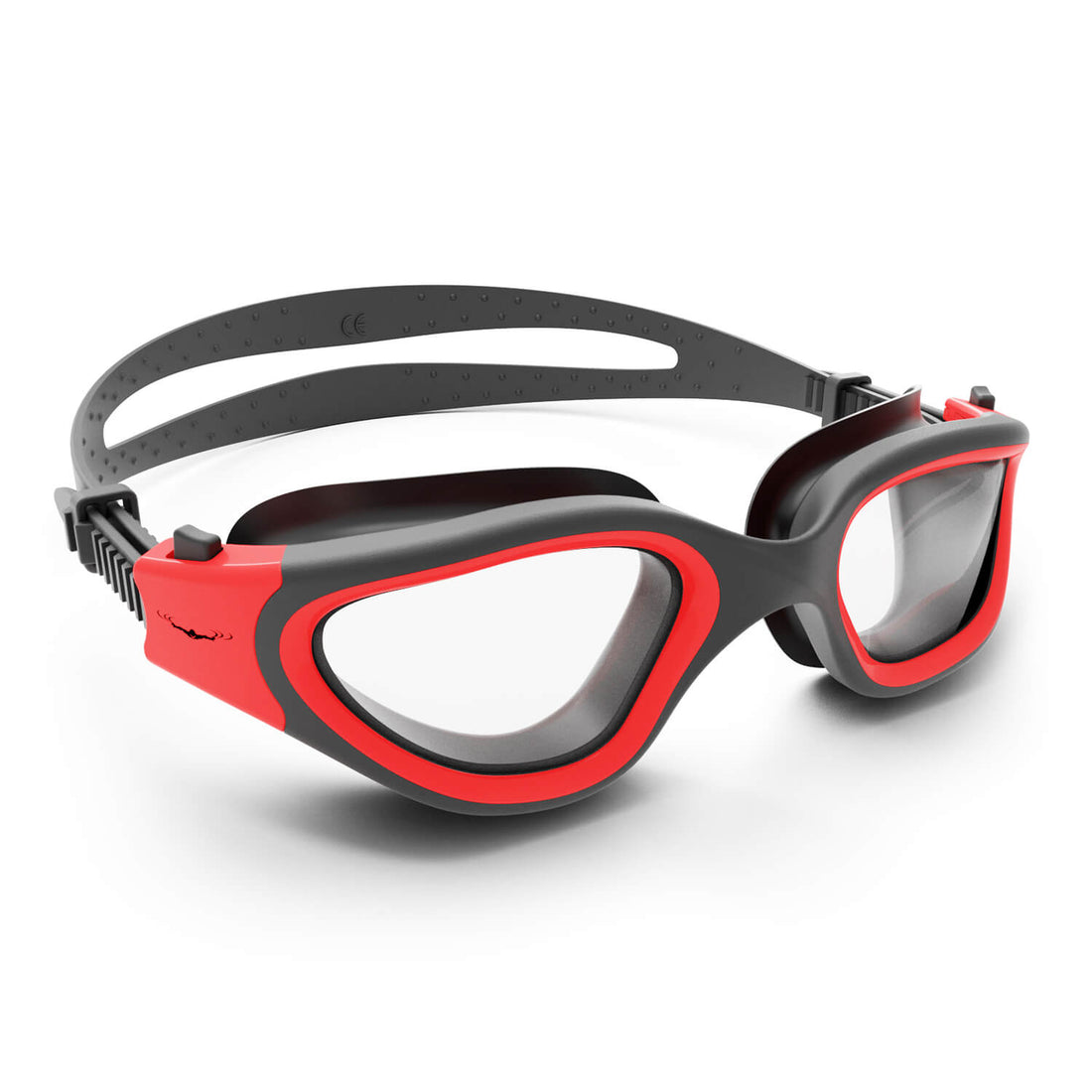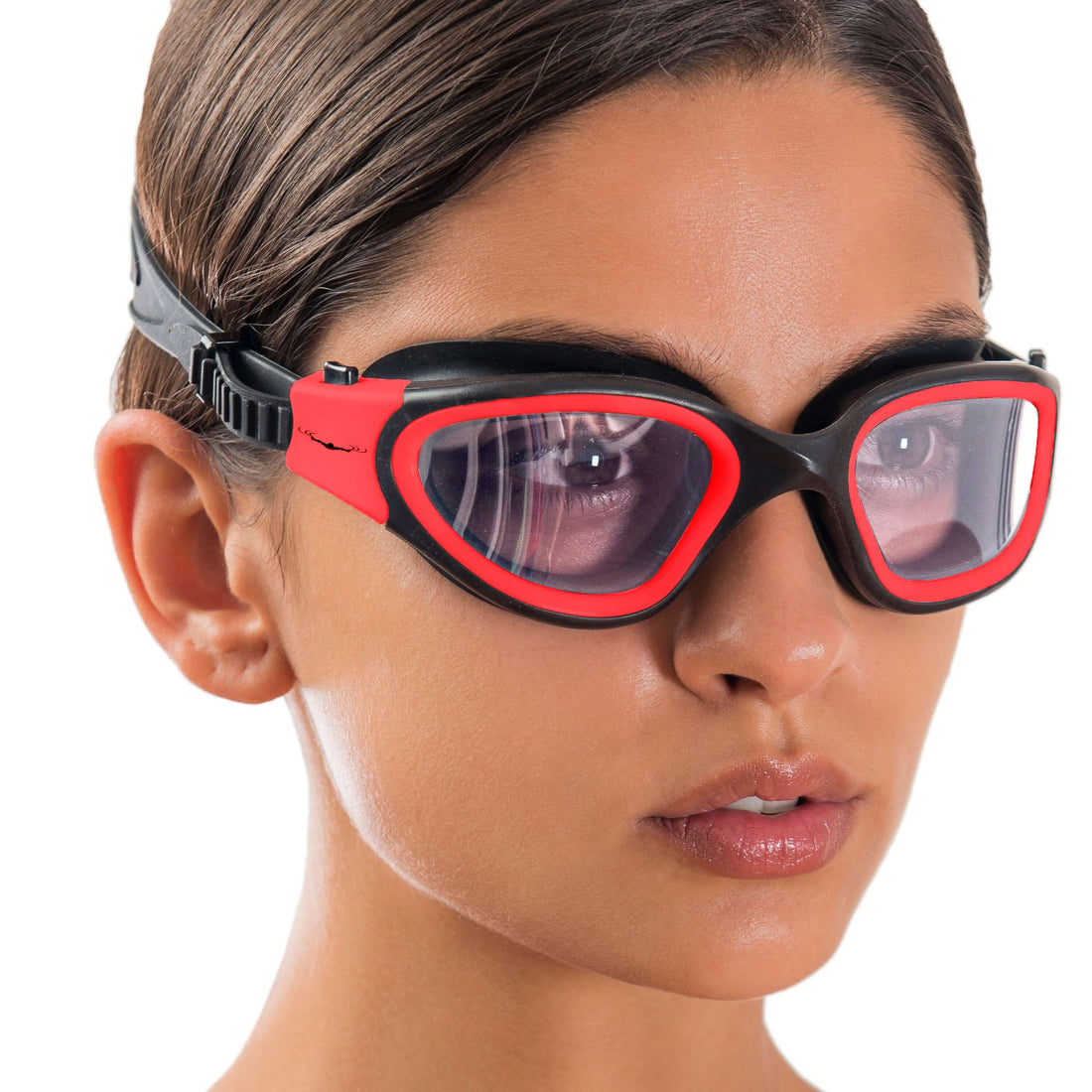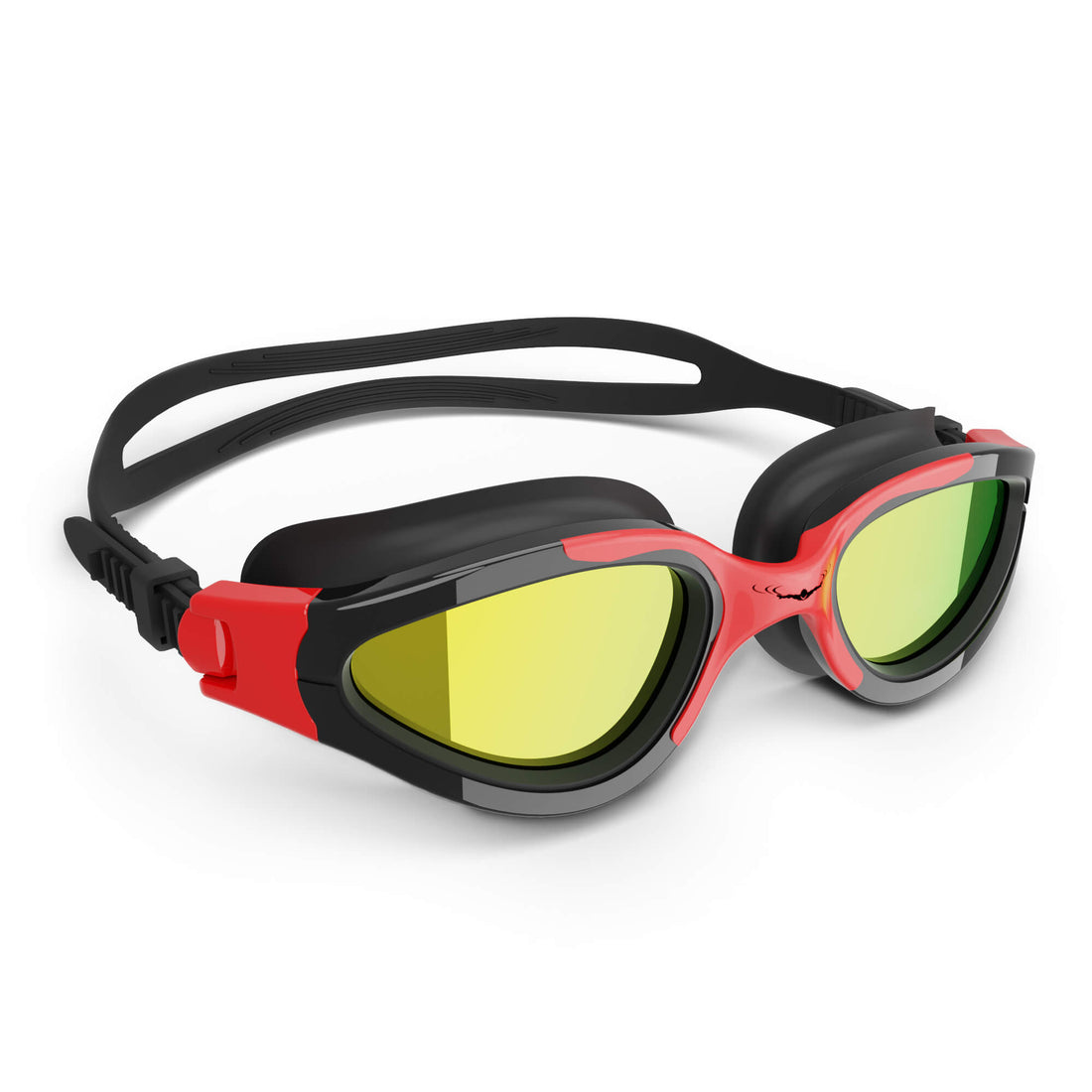Overview
Water safety is crucial for enjoyable swimming experiences. Key points include: always supervise swimmers, ensure basic swimming skills through lessons, wear appropriate gear like goggles and swim caps, follow safety precautions, and be prepared for emergencies. Different age groups require tailored safety tips, from infants to adults, to minimize risks and enhance enjoyment in the water.
Frequently Asked Questions
1. Why is water safety important for swimming?
2. What are some essential swimming safety tips for children?
3. How can adults promote swimming safety?
4. What precautions should be taken before swimming?
5. What should you do in case of a drowning emergency?
Swimming is a fun and refreshing activity enjoyed by people of all ages. Whether you are diving into a local pool or relaxing at the beach, water safety is crucial to ensure that everyone can enjoy their time in the water without worry. In this comprehensive guide, we will explore essential swimming safety tips for children, adults, and seniors. By following these guidelines, you can help create a safe environment for everyone while enjoying a day by the water.
Understanding the Risks
Before diving into specific swimming safety tips, it's important to understand the potential risks associated with swimming. Drowning is a leading cause of accidental death among children and adults alike. It's essential to recognize that these risks vary by age group and can be mitigated through education and preparedness.
The Importance of Supervision
One of the biggest risks in swimming is the lack of supervision. Every age group requires different levels of oversight depending on their abilities:
- Young Children: Always keep a close eye on toddlers and young kids when in or near water. Designate a responsible adult who will focus solely on the children during swimming activities.
- Older Kids: Even if your kids can swim, they should still be monitored, especially in unfamiliar environments. Establish rules for swimming depths and areas they should avoid.
- Adults and Seniors: While adults typically won't need constant supervision, seniors may require support due to decreased agility. Encourage them to swim with a buddy and take frequent breaks.
Swimming Skills: The Foundation of Safety
Regardless of age, basic swimming skills are the foundation of swimming safety. Everyone, especially children, should take swimming lessons and learn essential skills. The American Red Cross and other organizations offer certified courses that can enhance swimming abilities.
Enroll in Swimming Lessons
Swimming lessons are an excellent way for individuals to become confident in the water. Many community centers and pools offer programs tailored for different age groups:
- Infants and Toddlers: Parent-child swimming classes can introduce babies to the water in a safe and fun way.
- Children: Structured swimming lessons teach children various strokes and safety techniques.
- Adults: Many adults may feel uncomfortable in water. Lessons can help build confidence and technique.
Gear Up for Safety
Wearing appropriate swimming gear can enhance safety and comfort in the water. Vibrant kids goggles and waterproof swim caps are popular items that can make swimming safer and more enjoyable for children.
The Role of Goggles
Vibrant kids goggles protect sensitive eyes from chlorine and saltwater irritation. They also improve visibility underwater, allowing young swimmers to navigate better and avoid potential hazards. It's essential to choose the right fit; goggles that are too tight can create discomfort, while loose goggles may leak.
The Benefits of Swim Caps
Swim caps are more than a fashion statement. They help keep hair out of the face, reducing distractions while swimming. They can also help maintain warmer body temperature during cooler swims. For children, fun colors and designs can make wearing swim caps a more enjoyable experience.
Safety Precautions to Follow Before Swimming
Prior to entering the water, there are several safety precautions that swimmers should follow:
- Check Water Conditions: Always assess the swimming area for safety. Look for warning signs, strong currents, and water clarity. Never swim in areas where there are no lifeguards on duty.
- Know Your Limits: Everyone has different swimming capabilities. It's vital to know personal limits and stick to swimming areas that align with your skills.
- Stay Hydrated: It's easy to forget to drink water while swimming. Make sure to hydrate before, during, and after swimming to prevent heat exhaustion.
Swimming Rules for Everyone
Establishing and following a set of swimming rules can greatly enhance safety.
General Swimming Etiquette
- No Running: Always walk when on pool decks or around the swimming area to prevent slips and falls.
- Avoid Rough Play: Encourage swimmers to be respectful of each other in the water, avoiding horseplay that could lead to injuries.
- Use Designated Areas: Only swim in areas intended for swimming. Avoid rocky zones or places marked with 'No Swimming' signs.
Recognizing and Managing Emergencies
Even with the best precautions, emergencies can still happen. It’s essential to be prepared.
What to Do in Case of Drowning
Should you witness someone in distress in the water, it’s important to act quickly and calmly:
- Call for Help: If at a public facility, alert a lifeguard immediately.
- Rescue Techniques: If qualified, use reaching or throwing assists. Never enter the water unless you are trained in rescue techniques, as this can lead to more danger.
- Perform CPR: If the person is unconscious and not breathing, call for emergency help and be prepared to perform CPR as necessary.
Swimming Safety Tips for Specific Age Groups
Safety for Infants and Toddlers
While infants may not be able to swim unaided, introducing them to water in a safe manner can create a strong foundation for swim safety later on. Tips for this age group include:
- Always have a designated adult responsible for supervising infants near water.
- Use floating devices cautiously and only as an aid—it’s no substitute for adult supervision or lessons.
Swimming Safety for Kids
For older children learning to swim, reinforce the importance of:
- Following rules in the pool and aquatic center.
- Not diving in shallow water.
- Informing an adult if someone is in trouble.
Tips for Teenagers
Teenagers often take on more freedom in water activities, like pooling at parties or hanging out at the beach. Instill responsibility by encouraging them to:
- Take swimming lessons to improve their skills.
- Be aware of the dangers of alcohol or drug use while swimming.
- Always swim with friends to ensure safety.
Safety for Adults
Adults should foster a culture of safety among their friends and family:
- Be aware of the physical limitations that come with aging.
- Participate in safety training, such as CPR and first aid courses.
- Communicate openly about swimming boundaries and health issues.
Summer and Seasonal Pool Safety
As the summer approaches, many families invest in backyard pools or frequent public swimming facilities. Seasonal swimming safety tips include:
- Use Barriers: If you own a pool, install a fence around it to keep young children away when not supervised.
- Regular Maintenance: Ensure that pool equipment, such as pool alarms and covers, are in good working order to prevent accidents.
- Learn About Waterborne Illnesses: Swim safely by understanding the risks of waterborne diseases, and ensure pools are monitored for cleanliness.
Wrapping Up Your Water Adventure
Swimming safety is essential for enjoying the benefits of water recreation. By understanding risks, prioritizing supervision, and preparing with the right skills and gear, everyone can enjoy a worry-free swimming experience. Whether you’re donning vibrant kids goggles or sport cool swim caps, you’ll be ready to take the plunge into a safe and fun swimming season. Remember, safety first means joy and peace of mind in every splash—so dive in, have fun, and keep everyone safe!
Linked Product

DX-MINI Kids Swim Goggles
The DX-MINI Kids Swim Goggles provide clear, leak-free vision, allowing children to explore confidently both above and below the water. Designed with a comfortable silicone seal and an anti-slip strap, these goggles stay in place during active play, making them ideal for energetic swimming sessions. Available in vibrant designs, they not only enhance visibility but also encourage kids to enjoy their time in the pool.
View Product


